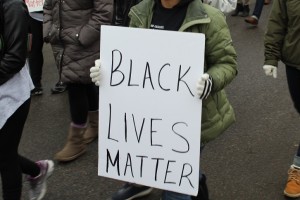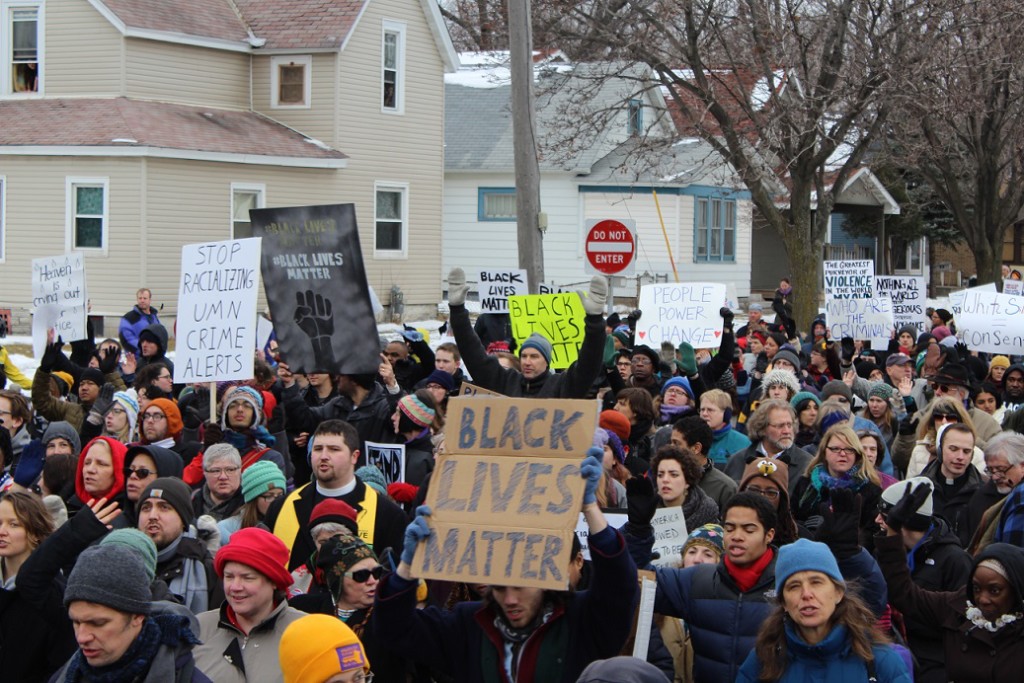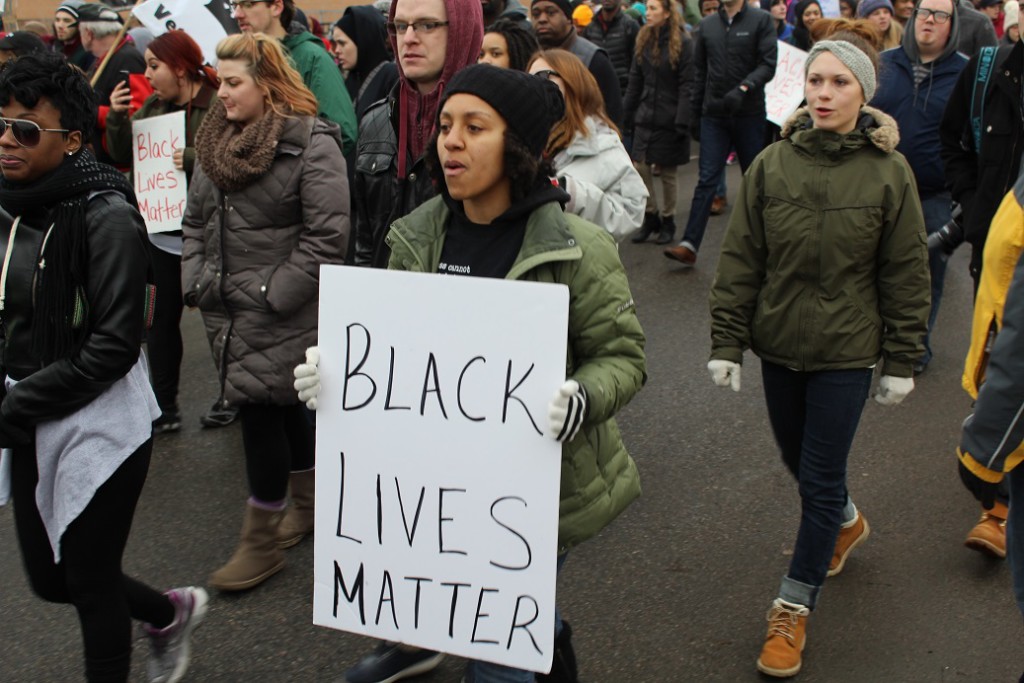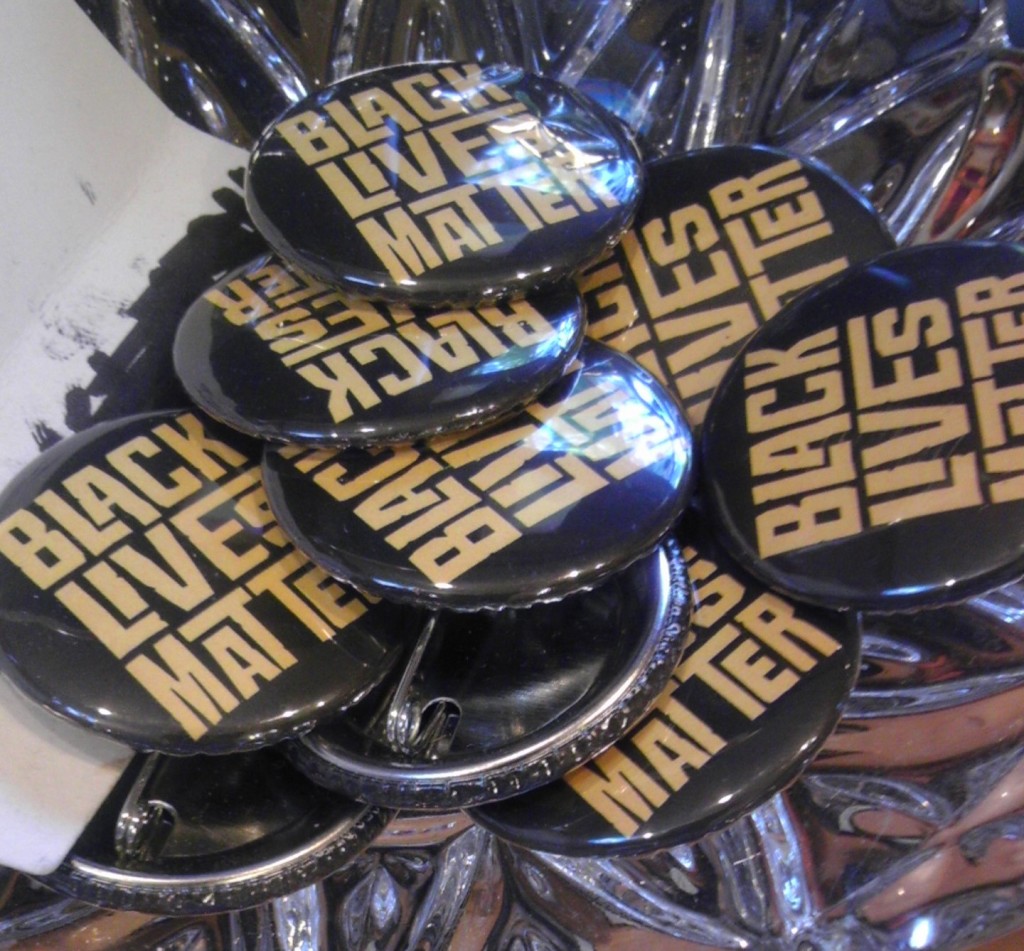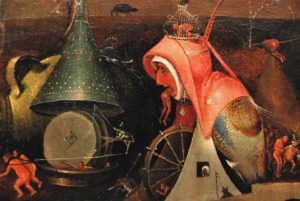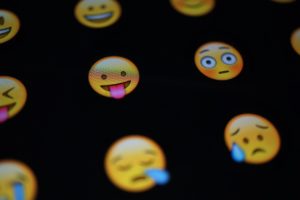In 2016, the murder of Philando Castile placed tragedy on St. Paul’s doorstep once again. Marcus Golden was shot and killed by police in January of 2015, and, in the seemingly short year and a half since, there have been a startling number of black men and women across the country killed by police.
This is not a 2016 phenomenon, of course – the history of police in the United States is itself rooted in racist practices, founded for the sole purpose of protecting the the property of white Americans, and to aid in the capture and return of escaped slaves; of “property” to white owners.
It’s not recent in popular culture either – this clip from The Fresh Prince of Bel Air, for example, dates back to 1991:
There are two ends of the spectrum. On one, those who offer unequivocal support to the BLM movement. On the other, those quick to cast aspersions; those who don’t believe the officers did anything wrong, believe that the black men and women who lost their lives perhaps “deserved it,” and simply don’t believe something like Black Lives Matter should exist. Worse still – it has been called a “terrorist organization,” accused, wrongfully, of inciting violence, and too simply dismissed by anyone upset at the visible, physical nature of the protests.
Too many people remain unsure of what the movement is and what it stands for. Few know the actual story, the philosophy and the goals of Black Lives Matter, and the reason why it is so necessary – and the goals and mission so long overdue.
Black Lives Matter: More than a hashtag, more than a disruption of your daily commute, and certainly no terrorist organization.
After the shooting death of Trayvon Martin in the summer of 2013, and the subsequent acquittal of George Zimmerman, the movement began with a simple hashtag: #BlackLivesMatter. Co-founded by Alicia Garza, Patrisse Cullors, and Opal Tometi, community organizers and friends from San Francisco, it began as a social media phenomenon after (from their website), “17-year-old Trayvon Martin was post-humously placed on trial for his own murder and the killer, George Zimmerman, was not held accountable for the crime he committed.”
The true catalyst that brought BLM to the forefront of the discussion on police brutality and institutional racism came after Officer Darren Wilson shot and killed Michael Brown in Ferguson, Missouri on August 9, 2014.
Read more about the meteoric rise of #BlackLivesMatter on Twitter here
Quickly, as the number of deaths continued to rise, the hashtag turned into a movement and took physical form in the cities of Ferguson, Baltimore, St. Paul, and countless others. An explosion of t-shirts, artwork, signage and other visual representations appeared on the streets all across the country.
On October 14, 2015, the movement hit Hollywood. Law and Order: SVU featured BLM in an episode titled “Community Policing,” in which police officers shoot and kill and unarmed, and innocent, black man. The episode addressed the “Hands up, don’t shoot!” mantra, and also sought to address return violence against police.
Less effectively, The Good Wife tried to lend its hand to the discussion as well in an episode called “The Debate.” We won’t get into how poorly it was handled here (and why that is such a problem), but if you’re interested, read the Flavorwire piece on it here.
On July 9, 2016 four police officers walked out on their security posts at a Minnesota Lynx basketball game after taking offense to Lynx players wearing t-shirts with the words “Black Lives Matter” and the names of Alton Sterling and Philando Castile. The shirts also showed the Dallas Police Department logo in solidarity with the tragic shooting in Dallas. The officers actions were commended by the president of the Police Officers Federation of Minneapolis, Bob Kroll.
As we know, messages can quickly become distorted when traveling through the various, oft-biased channels of the internet. There is a lot of misinformation surrounding BLM – especially after the movement was incorrectly associated with violence against police officers (whether or not the actions would be/could be justified), and other instances of aggression. This is simply not what the movement is about. There are no “terrorists” supported by Black Lives Matter or its philosophy. In fact, these acts of violence are explicitly condemned by the group: 11 Major Misconceptions About the Black Lives Matter Movement.
There has been senseless and unfortunate violence, yes, but not propagated by BLM. The fact that news media and much of the general populace haven’t or won’t see the difference is a large part of the problem.
(Fortunately, you can follow along on the “volunteer-operated decentralized media collective” Unicorn Riot in order to make better-informed decisions about what is going on.)
Black Lives Matter does not call for violence or aggression. It is an “ideological and political intervention in a world where Black lives are systematically and intentionally targeted for demise. It is an affirmation of Black folks’ contributions to this society, our humanity, and our resilience in the face of deadly oppression.”
In a world where people can be killed and their killers won’t face trial.
As a letter from Sociologists for Justice stated in 2014:
“Instead of feeling protected by police, many African Americans are intimidated and live in daily fear that their children will face abuse, arrest and death at the hands of police officers who may be acting on implicit biases or institutional policies based on stereotypes and assumptions of black criminality.”
The challenge of “All Lives Matter” et al. does nothing more than undermine the movement, discredit the philosophy, and purposely waylay goals of equity and justice. Very simply – it is a slogan designed as racist backlash against the rise of the Black Lives Matter movement.
And, even when it isn’t rooted in white supremacy explicitly (or consciously), for those who haven’t experienced the issue firsthand, the discussion far too often moves from “How do we solve the problem affecting an enormous community Americans,” to “How does this problem affect me.“
Turning the discussion to differences between us instead of that which unites us; instead of solidarity; instead of working together to solve a very real problem.
Further reading: The Myth of the Black-on-Black Crime Epidemic
But this, unfortunately, comes as no surprise, as described succinctly by Chris Rock:
“…we treat racism in this country like it’s a style that America went through. Like flared legs and lava lamps. Oh, that crazy thing we did. We were hanging black people. We treat it like a fad instead of a disease that eradicates millions of people. You’ve got to get it at a lab, and study it, and see its origins, and see what it’s immune to and what breaks it down.”
It’s more than than just the long history of racism embedded deep in American culture – indeed, the premise of white supremacy on which this country was founded. In a recent study published in Evolution and Human Behavior, it was posited that there is an inherent fear of an “other” (in this case, black males) that makes moving forward such a seemingly hopeless task. It’s something that has been ingrained in the psyche of the American public. In the study, when participants imagined a large white male, they described a man in power; “commanding a room.” When a large black male was imagined, however, participants imagined “someone potentially dangerous, probably poor, maybe criminal.”
Read more about it: Why Americans See Black Men as a Threat.
Perhaps this, as one of the contributing factors to the problem between the black community and police officers, also contributes to the reason so many have regarded BLM with distrust, disdain, or simply with disregard. Or perhaps it’s because, throughout the movement’s brief history, the name has been twisted around and abused and associated with acts that have nothing to do with it; used to justify violence and hate by those who have no actual affiliation with the movement.
Or, simply, even “good” white people in the United States cannot move past the depictions of Blacks and Black rights that have for so long dominated culture in this country – a culture which has never been outside of their control – and cannot see the true problem at hand.
Black Lives Matter, in facing racism, violence, and inequality, is seeking to give a voice to the voiceless, a face to the invisible, and justice in a community of Americans that rarely receives it.
Because there has always been a struggle for black lives to matter in the United States.
When the economy was being built on the backs of slavery, when Jim Crow ruled the South, when social services, education, and urban infrastructure funds were being slashed in impoverished communities, and certainly when Trayvon Martin, Mike Brown, Eric Garner, Tamir Rice, Eric Harris, Walter Scott, Jonathan Ferrell, Sandra Bland, Samuel DuBose, Freddie Gray, Marcus Golden, and so many others, were killed without repercussion.
